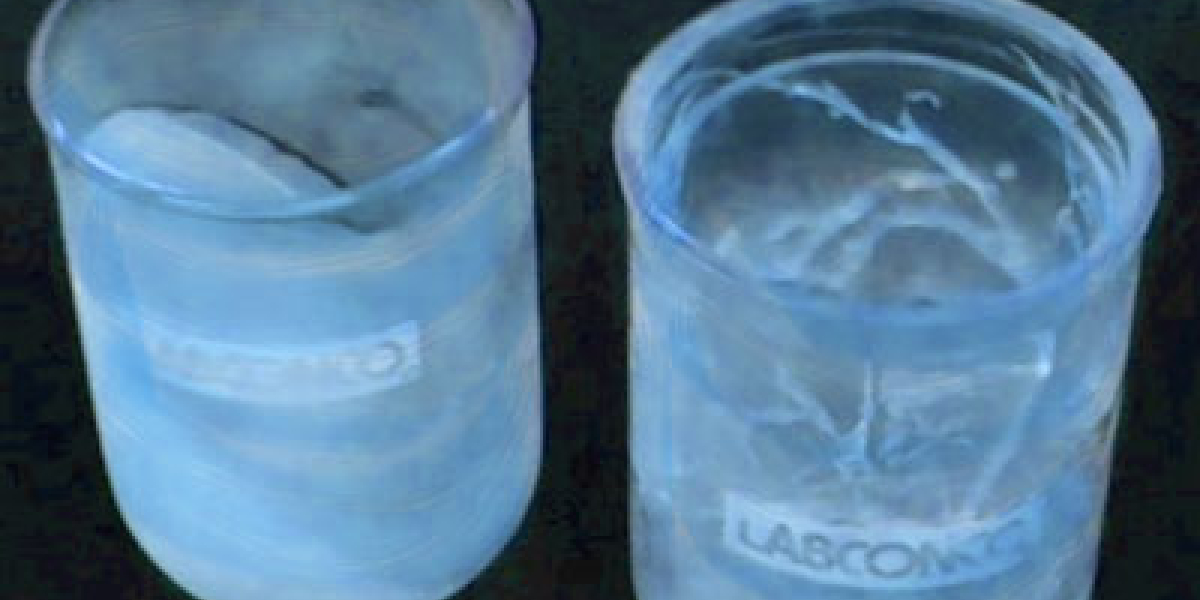All you need to know about freeze drying...

I'm always telling people, "Freeze drying is an art, not a science." There is guesswork and potential inconsistencies from run to run, and many factors can influence the final outcome of the samples. This article is a great source for learning how to optimize your freeze dry process.
Freeze drying, or lyophilization, is a stabilization method that is widely used in the pharmaceutical industry for drugs, vaccines, antibodies, and other biological material. Because the product is dried without excessive heating, proteins and other products that would be thermally denatured can be successfully preserved without loss of activity.
Freeze-dried products have a very high surface area, which enables them to be reconstituted quickly. This quick reconstitution is particularly important in the case of emergency vaccines and antibodies, which need to be administered as soon as possible.
Every formulation has different freeze-drying characteristics and, therefore, different processing requirements. To ensure cycles are both robust and efficient, they should be tailor-made for each formulation. Failure to do so can lead to inconsistent dryness across samples, reduced stability during storage, and reduced activity on rehydration.
There are three main business advantages of optimizing a product's lyophilization cycle:
- Financial Gain . . . .
- Product Excellence . . . .
- Quality and Regulatory Assurance . . . .
Lyophilization is a complex drying process that involves removing...
Read the entire article, "Lyophilization: A Primer" by Katriona Scoffin and Laura Ciccolini in Pharmaceutical Technology (May 2013).
| chevron_left | University of California, Berkeley makes Logical connection | Articles | Selecting a glove box for a specific application | chevron_right |






